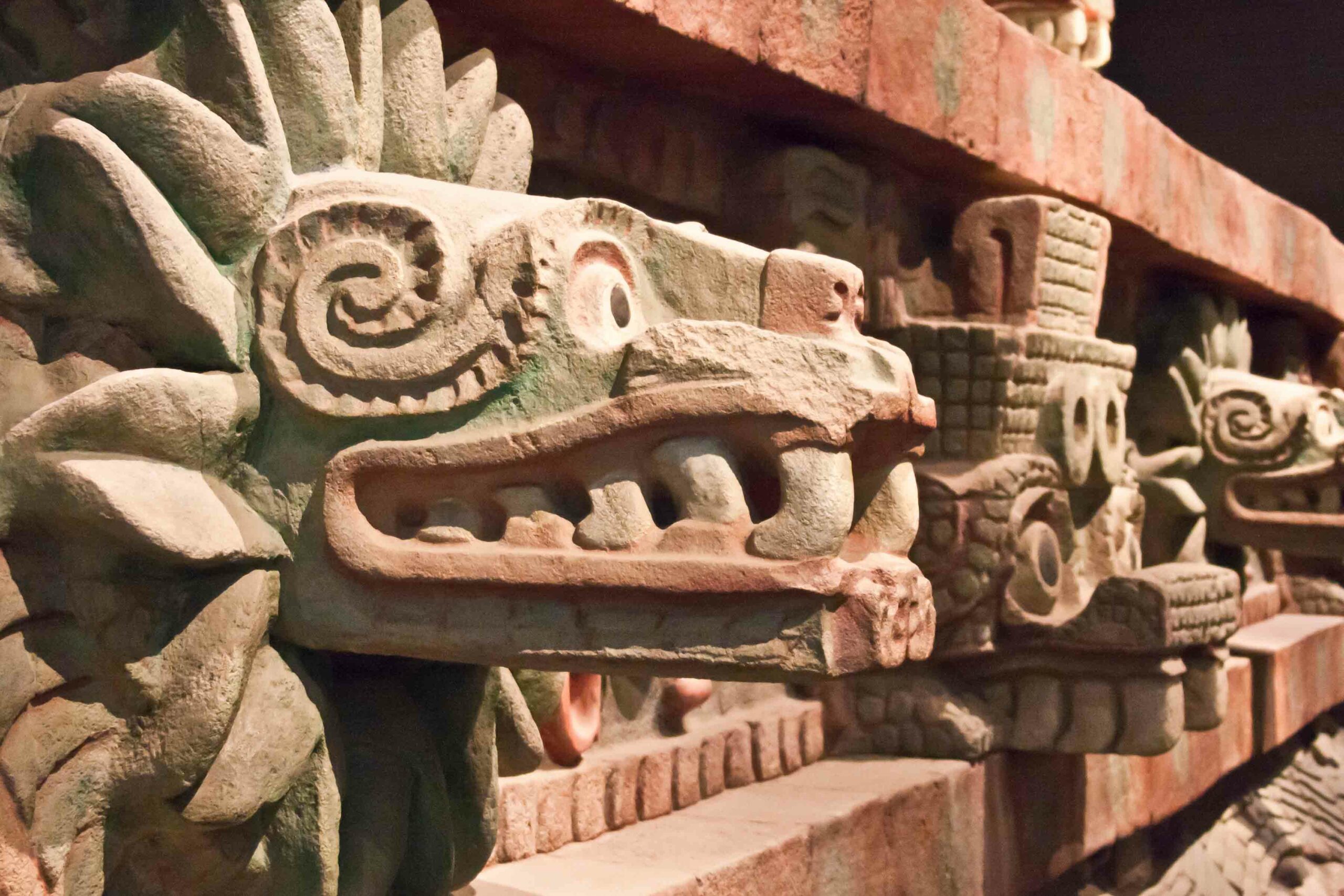Latest News
-
 © Nicolas Minvielle, INRAP
© Nicolas Minvielle, INRAP -
 Pitt 2025, © Antiquity Publications Ltd.
Pitt 2025, © Antiquity Publications Ltd. -
News December 16, 2025
Study Suggests Prehistoric Teenager Survived for Several Months After Lion Attack
Read Article Veselin Danov
Veselin Danov -
News December 16, 2025
Mesopotamian Botanical Motifs May Represent Early Mathematical Thought
Read Article Yosef Garfinkel
Yosef Garfinkel
-
News December 15, 2025
New York’s Antiquities Trafficking Unit Recovers and Returns Looted Artifacts to Turkey
Read Article
-
News December 15, 2025
4,400-Year-Old Sun Temple Excavated in Egypt at Old Kingdom Necropolis
Read Article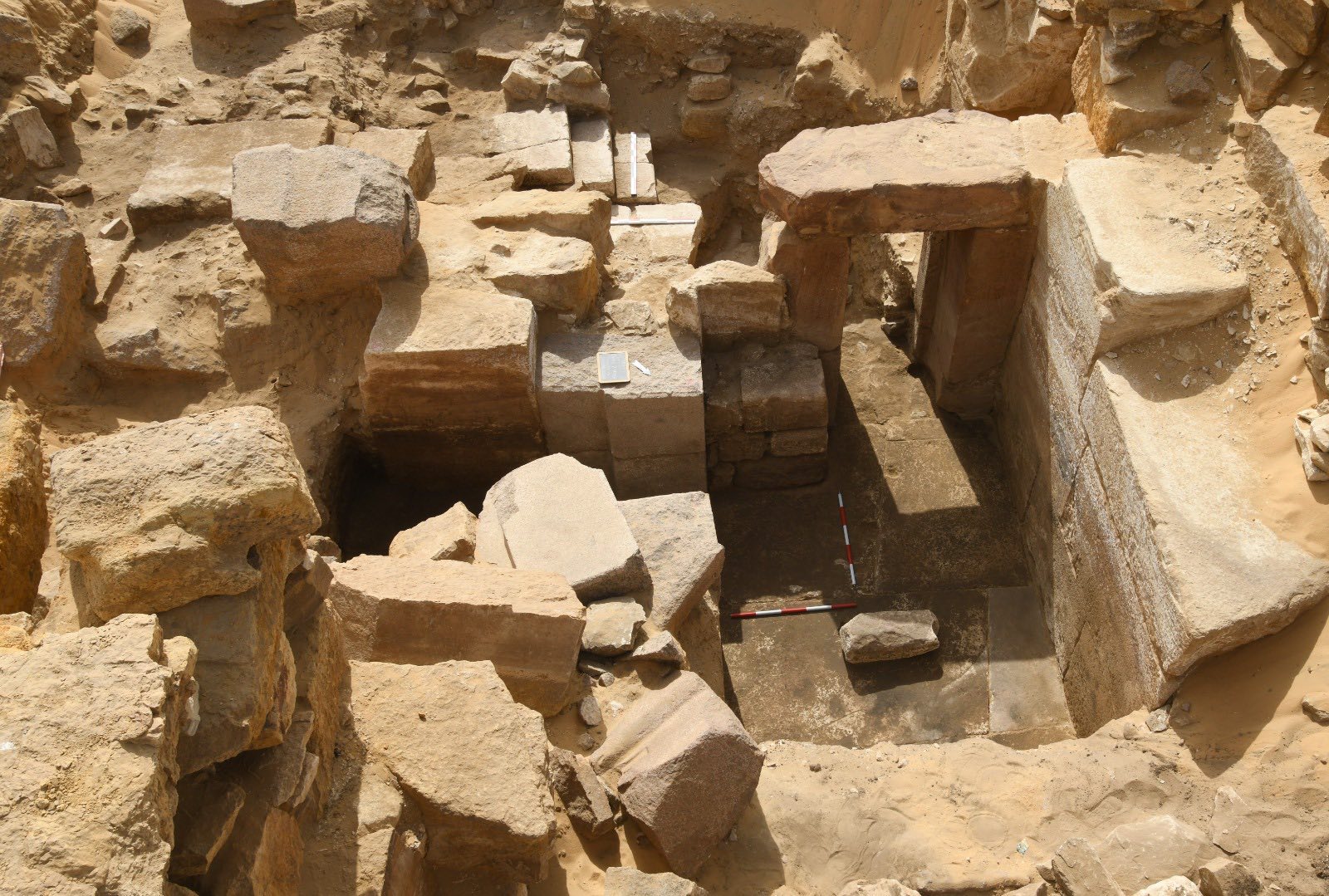 Egyptian Ministry of Tourism and Antiquities
Egyptian Ministry of Tourism and Antiquities
-
 Auckland Museum
Auckland Museum -

-
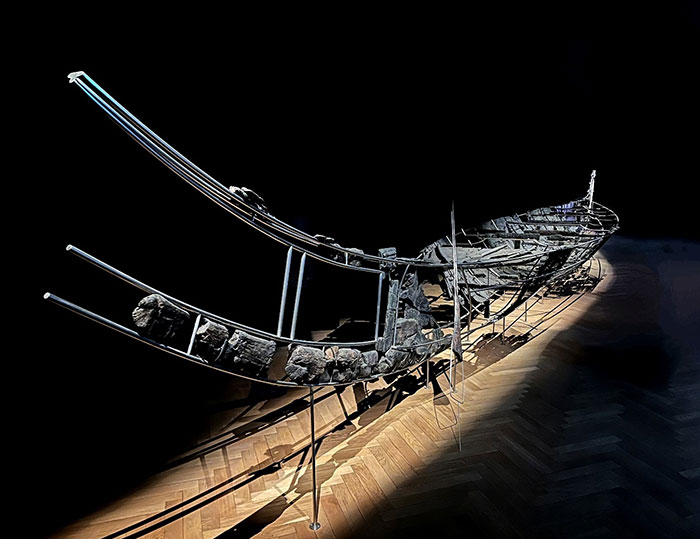 Photo by Boel Bengtsson/Fauvelle et al., 2025, PLOS One
Photo by Boel Bengtsson/Fauvelle et al., 2025, PLOS One -
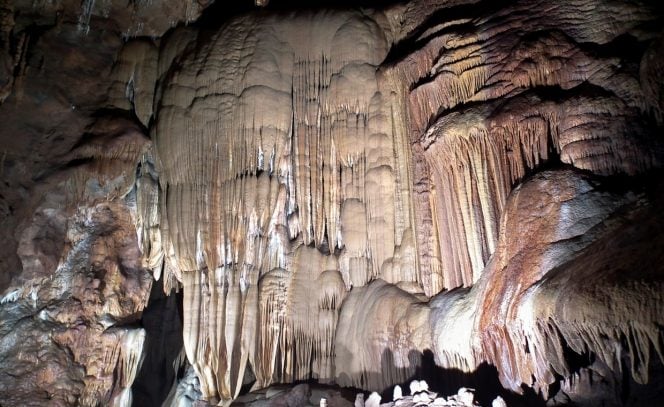 Garry K. Smith, Newcastle & Hunter Valley Speleological Society
Garry K. Smith, Newcastle & Hunter Valley Speleological Society -
 Craig Williams, Illustrator, Department of Europe and Prehistory
Craig Williams, Illustrator, Department of Europe and Prehistory -
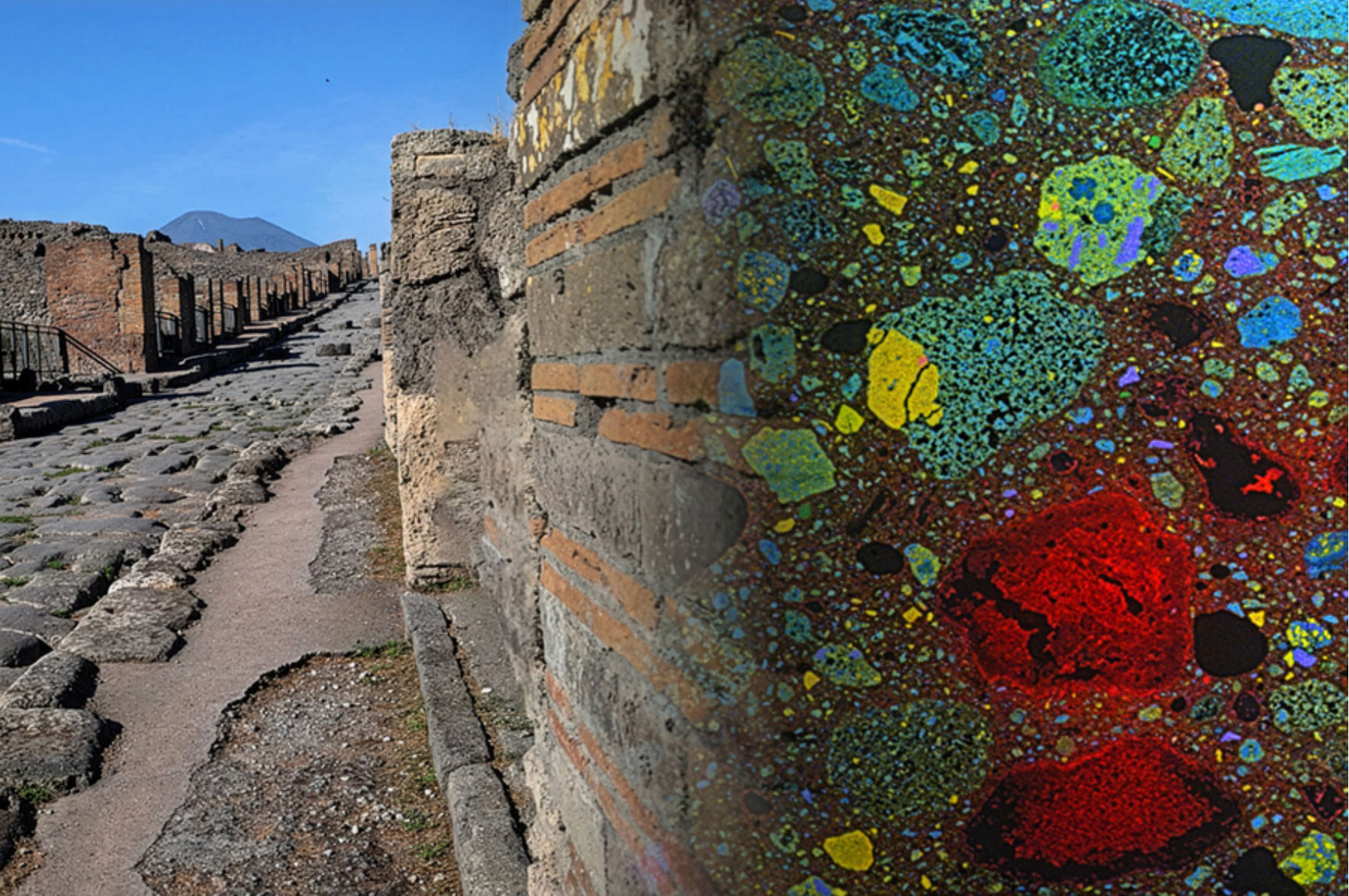 Archaeological Park of Pompeii
Archaeological Park of Pompeii -
 INAH
INAH -
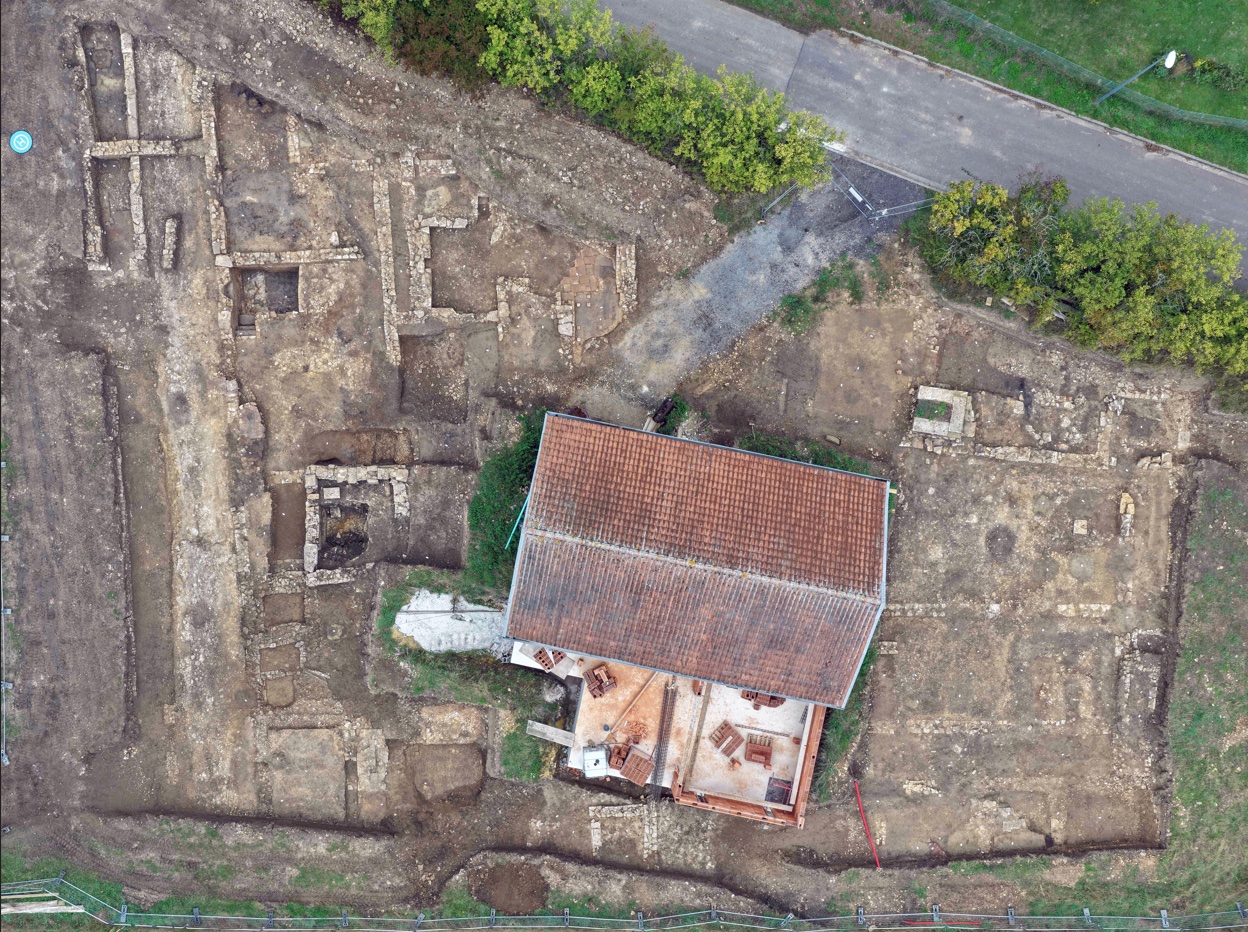 © Anthony Robin, INRAP
© Anthony Robin, INRAP -

-

-
 Julia King
Julia King -
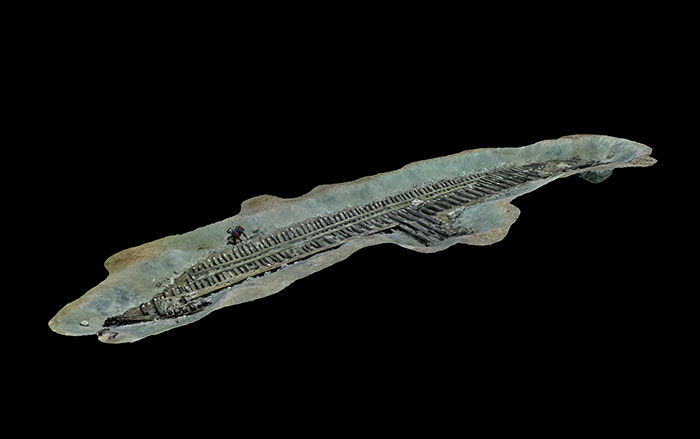 Christoph Gerigk ©Franck Goddio/Hilti Foundation
Christoph Gerigk ©Franck Goddio/Hilti Foundation
Loading...


